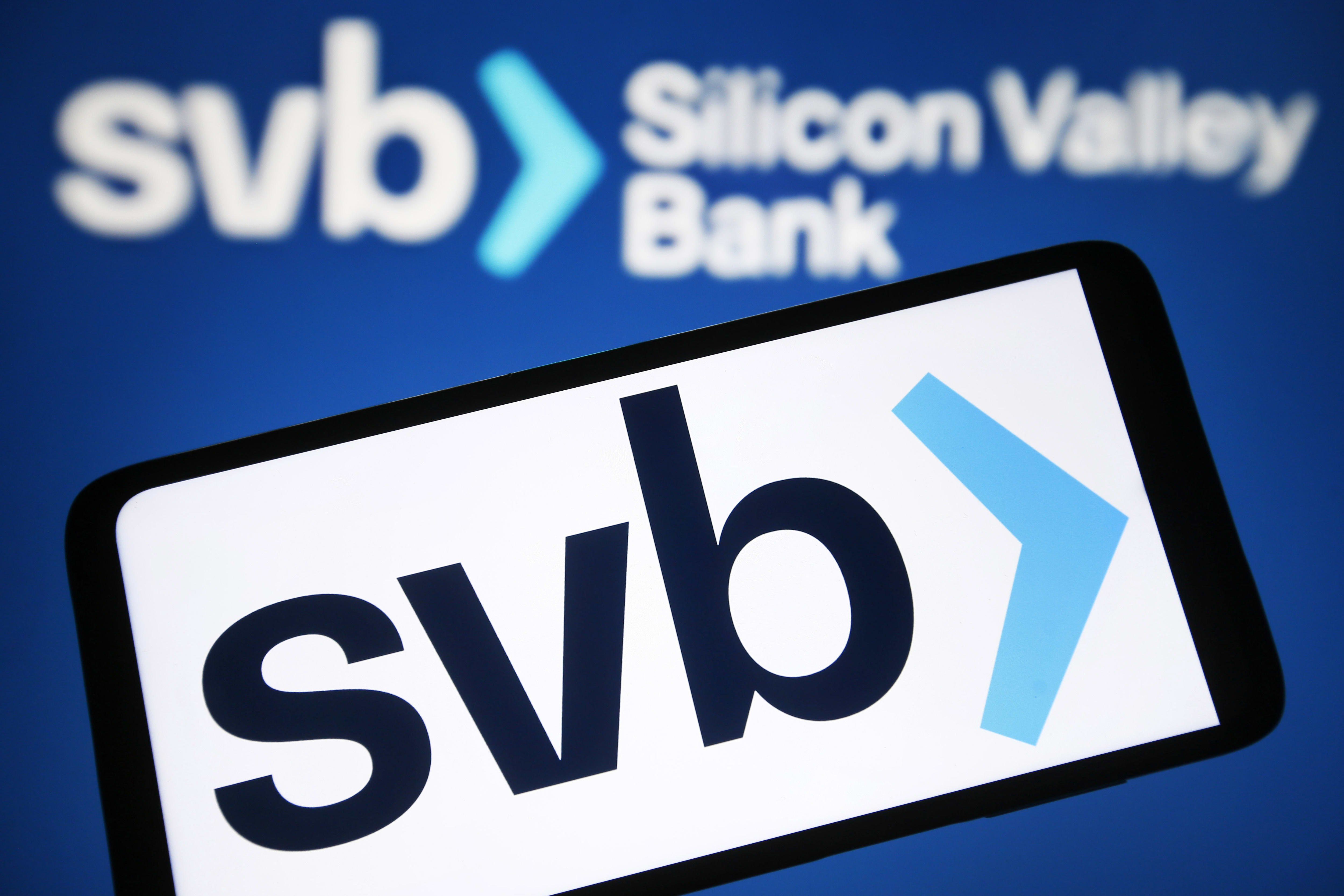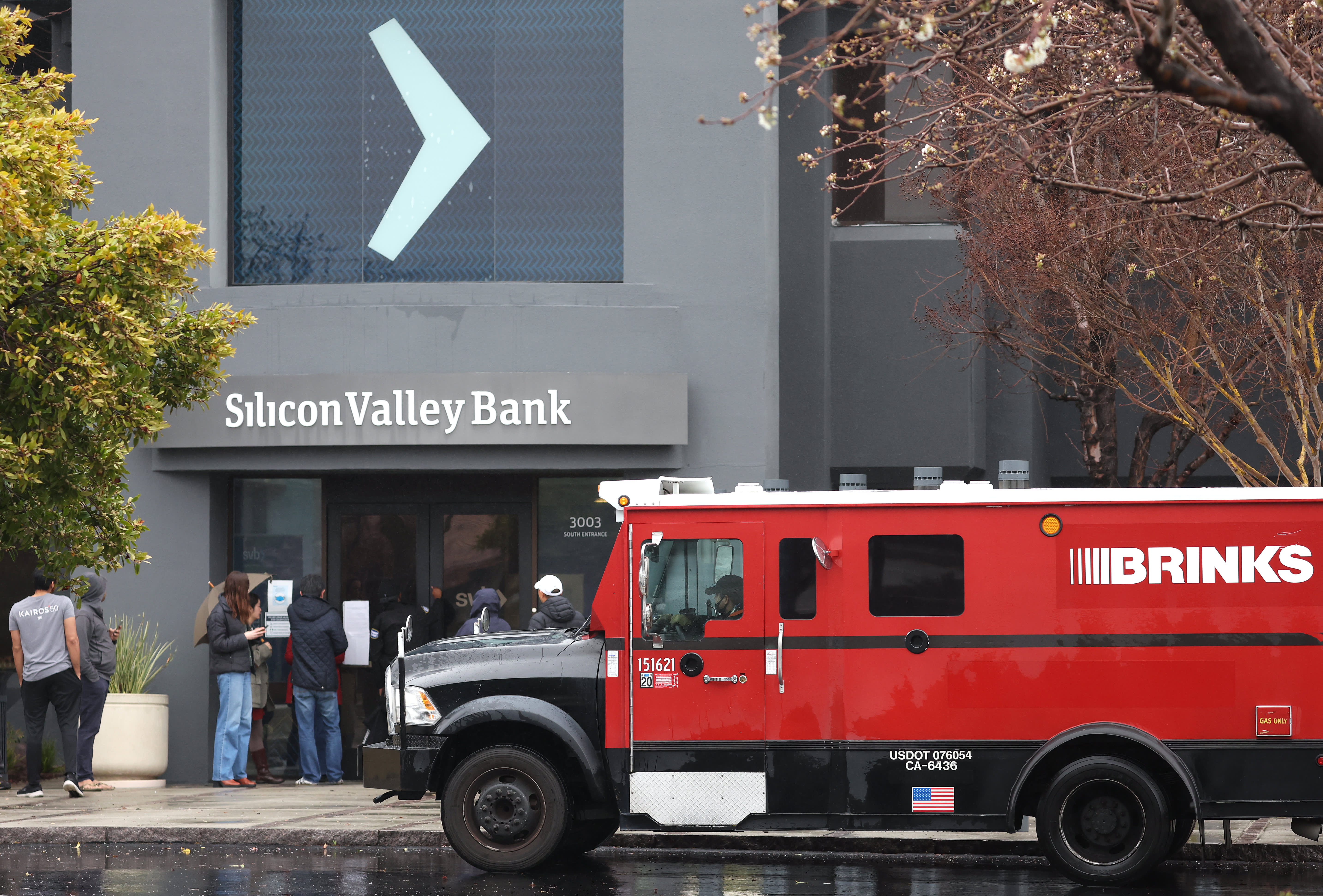Banking regulators devised a plan Sunday to backstop depositors with money at Silicon Valley Bank, a critical step in stemming a feared systemic panic brought on by the collapse of the tech-focused institution.
Depositors at both failed SVB and Signature Bank in New York, which was shuttered Sunday over similar systemic contagion fears, will have full access to their deposits as part of multiple moves that officials approved over the weekend. Signature had been a popular funding source for cryptocurrency companies.
related investing news
Those with money at the bank will have full access starting Monday.
The Treasury Department designated both SVB and Signature as systemic risks, giving it authority to unwind both institutions in a way that it said “fully protects all depositors.” The FDIC’s deposit insurance fund will be used to cover depositors, many of whom were uninsured due to the $250,000 cap on guaranteed deposits.
Along with that move, the Federal Reserve also said it is creating a new Bank Term Funding Program aimed at safeguarding institutions affected by the market instability of the SVB failure.
A joint statement from the various regulators involved said there would be no bailouts and no taxpayer costs associated with any of the new plans. Shareholders and some unsecured creditors will not be protected and will lose all of their investments.
“Today we are taking decisive actions to protect the U.S. economy by strengthening public confidence in our banking system,” said a joint statement from Federal Reserve Chair Jerome Powell, Treasury Secretary Janet Yellen and FDIC Chair Martin Gruenberg.
The Fed facility will offer loans of up to one year to banks, saving associations, credit unions and other institutions. Those taking advantage of the facility will be asked to pledge high-quality collateral such as Treasurys, agency debt and mortgage-backed securities.
“This action will bolster the capacity of the banking system to safeguard deposits and ensure the ongoing provision of money and credit to the economy,” the Fed said in a statement. “The Federal Reserve is prepared to address any liquidity pressures that may arise.”
The Treasury Department is providing up to $25 billion from its Exchange Stabilization Fund as a backstop for any potential losses from the funding program. A senior Fed official said the Treasury program likely won’t be needed and will exist only as a safeguard.
The same official expressed confidence the various moves would shore up confidence in the financial system, providing funding guarantees and liquidity considered essential during financial crises.
Along with the facility, the Fed said it will ease conditions at its discount window, which will use the same conditions as the BTFP. However, the new facility offers more favorable terms, with a longer duration of loans of one year vs. 90 days. Also, securities will be valued at par value rather than the market value assessed at the discount window.
The haircut, or reduction in principal, issue is critical as there are estimated to be some $600 billion in unrealized losses that institutions possess in held-to-maturity Treasurys and mortgage-backed securities.
“This should be enough to stop any contagion from spreading and taking down more banks, which can happen in the blink of an eye in the digital age,” Paul Ashworth, chief North America economist at Capital Economics, said in a client note. “But contagion has always been more about irrational fear, so we would stress that there is no guarantee this will work.”
Markets reacted positively to the developments, with futures tied to the Dow Jones Industrial Average leaping more than 300 points in early trading. Cryptocurrency prices also rallied strongly, with bitcoin up more than 7%.
The rescue plans rekindled memories of the financial crisis, but Yellen said Sunday morning that there would be no SVB bailout.
“We’re not going to do that again. But we are concerned about depositors and are focused on trying to meet their needs,” Yellen said on CBS’ “Face the Nation.”
President Joe Biden praised Sunday’s initiatives but indicated there would be consequences from the crisis.
“I am firmly committed to holding those responsible for this mess fully accountable and to continuing our efforts to strengthen oversight and regulation of larger banks so that we are not in this position again,” Biden said.
The SVB failure was the nation’s largest collapse of a financial institution since Washington Mutual went under in 2008.
The dramatic moves come just days after SVB, a key financing hub for tech companies, reported that it was struggling, triggering a run on the bank’s deposits.
Authorities had spent the weekend looking for a larger institution to buy SVB, but came up short. PNC was one interested buyer but backed out, a source told CNBC’s Sara Eisen.
A senior Treasury official said Sunday evening that a sale is still possible for Silicon Valley Bank. The initiatives Sunday were done to head off further potential problems.
The scenario harkened back to the Sept. 15, 2008 collapse of investment banking giant Lehman Brothers, which also found itself insolvent and in search of a buyer. The government also was unsuccessful in that case following a weekend of wrangling, triggering the worst of the Global Financial Crisis.





